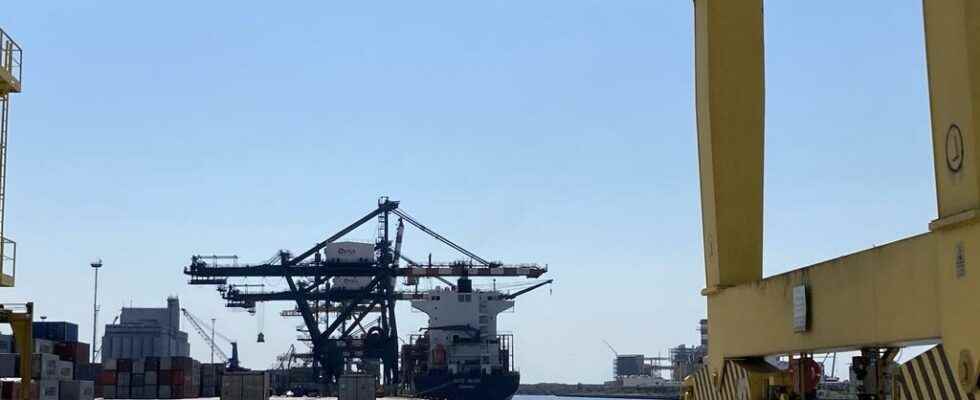RFI offers you a world tour of ports every morning this August. First stop: Venice. A year ago, to the day, a decree-law came into force prohibiting cruise ships over 25,000 tons in the San Marco Basin and the Giudecca Canal. It is therefore impossible for 95% of cruises to dock directly in the city of the Doges.
Cruise passengers parade between the port of the Marittima and the historic center of Venice to which it is attached. Still, no big liners in sight. Passengers now only come here for part of the checks and to be transported to the ship by bus or vaporetto.
A novelty for Donata. “ Before, we left directly from here. Now unfortunately the port is no longer there. We saw Venice, splendid, from the top of the liner, but we can make a small sacrifice to protect Venice “, she concedes. Other vacationers are more mixed. ” It’s not too complicated, it takes more time. The fact of arriving in a commercial port, it’s weird, but hey, it’s original! “, tries to positively a French tourist.
Delicate management
This port is that of Marghera, located opposite Venice. PSA Venice, the local branch of a group that administers commercial ports, manages this terminal. Ricardo Vianello, sales manager, guides us along piles of metal boxes. Few clues suggest that the Vecon terminal welcomes ocean liners.
“Normally, they stay only one day. It is not very restrictive in terms of the occupation of the platforms. It is a little more so with regard to the management of cohabitation, notes the manager. There, we arrived on our quay, we see an operation of unloading of certain containers and on this same quay, over there, there is the space which one dedicates to cruises. »
A long, but unique and wide open quay on the maze of containers. “ Right now it’s open, because until Friday we’re 100% container terminal, continues Ricardo Vianello. Tomorrow, we will be 50% commercial port and 50% cruise port. Tonight at 6 p.m., the guys are “switching”. They activate the “cruise port” modality and they will install a wall of containers on these red lines that we saw on the ground, a separation wall between the two terminals “.
Despite some initial concerns, PSA Venice ensures that its original customers do not suffer from this cohabitation. The terminal remains above all a commercial port. Cruises are only a complement. “ If I could fill the quay with nothing but container ships, I would. Cruises are less profitable, but if we manage to fit them into the schedule, that gives us additional turnover, recognizes the sales manager. It must correspond to 3-5% of our activity. »
Transforming the Port of Venice
The adaptation to the new rules is the president of the port authority of Venice who manages it. He was therefore appointed Extraordinary Commissioner. A title accompanied by a budget of 157 million euros et the power to speed up public contracts and environmental authorizations.
Fulvio Lino di Blasio points to the four temporary terminals already in operation on a map. He still has work to do. “ The next steps will be: to build an additional temporary quay in 2023, and then to build a real maritime station by 2026. At this time, the most solid solution is that of a station in the northern part from the industrial zone of Marghera. But the government has asked to launch an international ideas competition to identify an out-of-the-lagoon solution for cruise ships and transoceanic container ships.. »
The port authority is also studying the possibility of using a canal that would allow cruise ships to reach the port of Venice without passing in front of Saint-Marc.
For now, the fate of the Marritima remains uncertain. An international competition will make it possible to reflect on its transformation from an economic and urban point of view. The passage of large cruise ships in front of Saint Mark’s Square aroused the hostility of certain Venetians, such as Lidia Fersuoch, adviser to the Italia Nostra Association.
The new device does not satisfy her either. “ The big boats do not enter the city, but enter the lagoon, and the lagoon is Venice, and Venice is the lagoon. They are inseparable. The big liners can’t come here, they have to go where it’s deep. In Trieste for example, or in other cities which want to welcome them by taking into account the problem of pollution. Here they don’t make sense. »
In any case, the liners come in fewer numbers than before the pandemic. About 200 are planned this year, compared to 585 in 2019.
